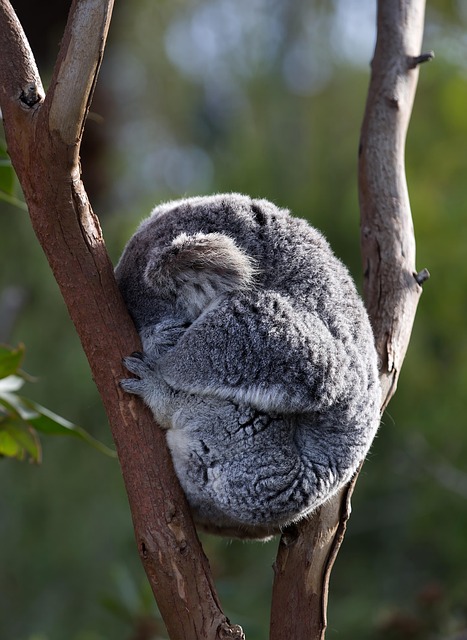Safe wildlife removal prioritizes animal well-being through species identification, humane methods like non-lethal traps & tranquilization, protective gear for handlers, and proper relocation. Professionals handle urban species like squirrels & raccoons, focusing on undisturbed environments. They use advanced techniques and adhere to local regulations for effective, responsible management. After removal, creating suitable habitats ensures animal thriving. Preventing future invasions involves sealing entry points and humane exclusion devices. Understanding legal frameworks and educating communities reduce the need for invasive removals. Case studies showcase successful, safe interactions, emphasizing the benefits of ethical wildlife removal practices.
In many areas, wildlife removal is a necessary practice to ensure both human safety and animal welfare. However, it’s crucial to approach this task safely and humanely. This article explores comprehensive guidelines for safe wildlife removal, from understanding best practices to legal considerations. We delve into identifying common species requiring relocation, the benefits of professional services, humane trapping techniques, and creating suitable habitats for released animals. Additionally, we discuss prevention strategies, community education, and real-world case studies showcasing successful and responsible wildlife removal.
Understanding Safe Wildlife Removal Practices
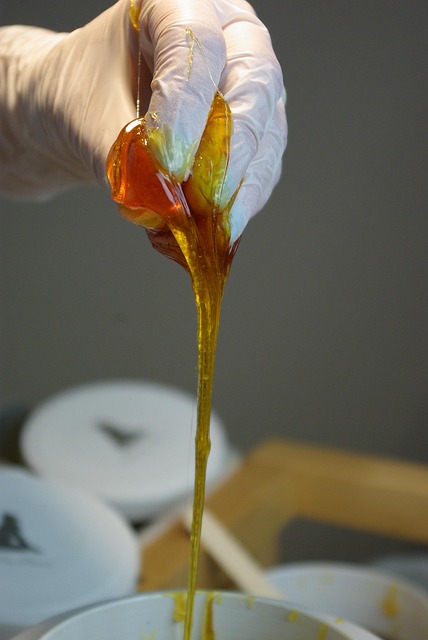
Safe wildlife removal practices are crucial for both the well-being of the animals and the safety of individuals involved. It’s a delicate process that requires understanding and adhering to specific guidelines. The first step is identifying the species and assessing its behavior, as different animals have unique handling requirements. For instance, some may require specialized care due to their protected status or potential diseases they carry.
Professional wildlife removal experts are trained to employ humane methods, ensuring minimal stress and injury to the animal during capture and relocation. This often involves using non-lethal traps, tranquilization, or other techniques designed to prevent harm. Proper protective gear is also essential for the safety of those handling the animals, shielding them from potential bites, scratches, or transmission of diseases.
Identifying Common Wildlife Species Requiring Relocation
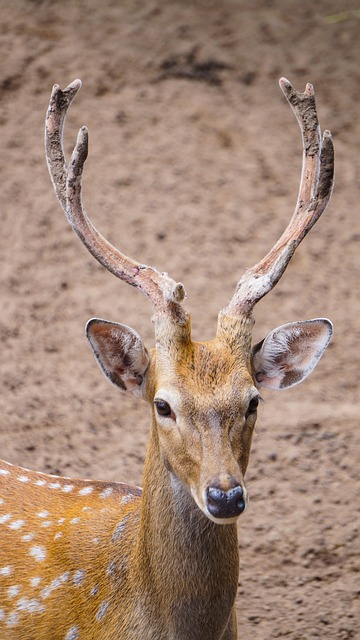
When considering safe wildlife removal, it’s crucial to first identify common species that may require relocation. In many urban areas, animals like squirrels, raccoons, and opossums often find themselves in need of assistance as they wander into human habitats. These creatures can become stranded or distressed due to construction, natural disasters, or simply finding their usual food sources disrupted.
Effective wildlife removal services focus on humanely capturing and relocating these animals to suitable, undisturbed environments. Proper identification is key; some species may require specialized care or have specific habitat needs that must be considered for a successful and safe relocation.
The Role of Professional Wildlife Control Services
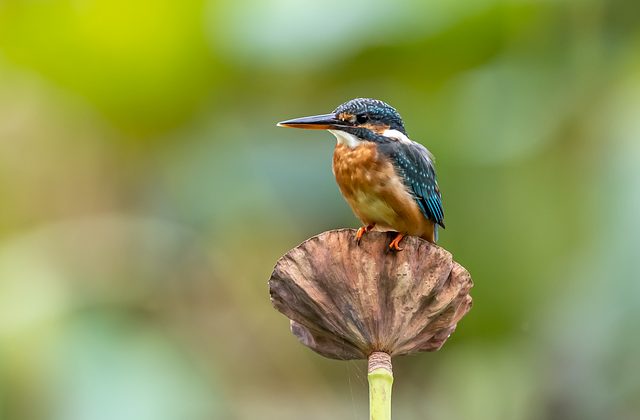
When faced with wildlife intrusions, turning to professional wildlife control services is a wise decision. These experts specialize in safe and effective wildlife removal, ensuring both the well-being of the animals and your own safety. They possess the necessary knowledge and equipment to handle various species, from common pests like squirrels and raccoons to more exotic or potentially dangerous creatures.
Professional wildlife controllers offer a crucial service by providing humane trapping and relocation methods. They understand the importance of minimizing distress to the animals while also preventing potential damage to property. By employing advanced techniques and staying updated on local wildlife regulations, these professionals ensure that wildlife removal is carried out responsibly and in compliance with legal standards, making them indispensable in maintaining a harmonious balance between humans and nature.
Humanely Trapping and Capturing Animals

When it comes to safe wildlife removal, one of the most crucial aspects is employing humane trapping and capturing techniques. These methods are designed to minimize stress and injury to animals while ensuring their successful relocation or rehabilitation. Professional wildlife removal services use a variety of specialized equipment and strategies tailored to different species and habitats. For example, live traps are often utilized for small mammals like squirrels and raccoons, allowing them to be caught without causing harm. These traps are baited with food lures, encouraging animals to enter voluntarily.
Capturing wild animals requires skill and knowledge to handle them safely. It involves using gentle restraint techniques, such as noose catches or soft nets, which minimize the risk of injury. Once captured, animals are handled carefully to prevent stress-related health issues. Proper handling includes keeping them in clean, comfortable cages with adequate ventilation and temperature control until they can be released back into their natural habitat or transferred to a wildlife rehabilitation center. Humane practices ensure that these creatures can be safely removed from residential areas without causing harm to either the animals or the people involved.
Creating a Safe Habitat for Released Wildlife
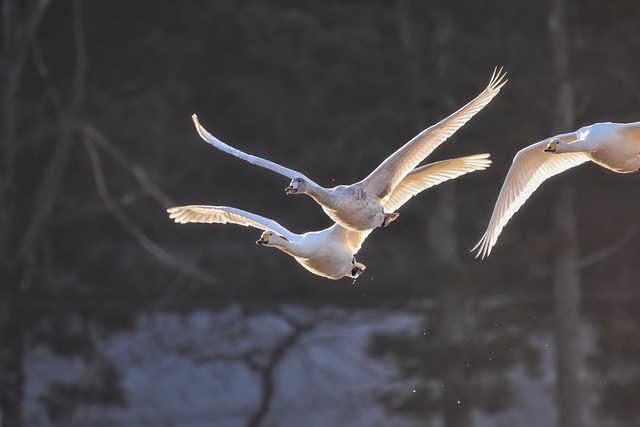
After safe wildlife removal, creating a suitable habitat is crucial for the animals’ well-being and successful reintegration into their natural environment. This involves preparing a protected area that mirrors their native surroundings, ensuring access to food sources, water, shelter, and space to move freely. It’s about fostering an environment that promotes survival and longevity, mimicking the rich tapestry of their original habitat.
The process includes assessing the needs of the specific species, from providing adequate cover for predators to installing feeders or water sources for herbivores. Maintaining a balance between offering assistance and allowing wildlife to adapt independently is key. By carefully crafting this safe haven, we enable released animals to thrive and eventually settle back into their ecosystems, contributing positively to the overall biodiversity.
Preventing Future Wildlife Invasions
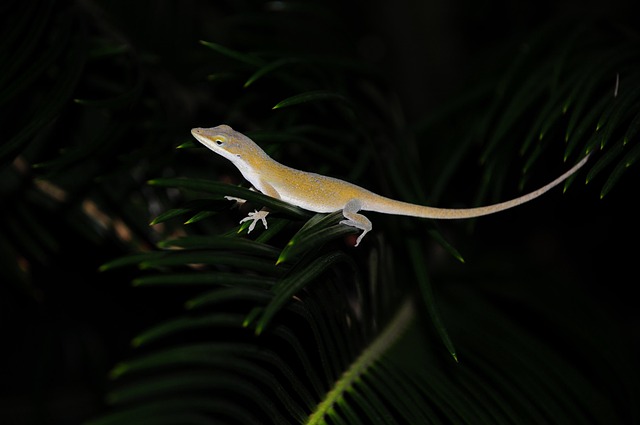
After a successful wildlife removal, preventing future invasions is key to maintaining a harmonious coexistence with nature. The first step involves identifying and sealing off any potential entry points, such as cracks in walls or gaps around pipes. Regular inspections, especially during seasonal changes, can help spot these openings early on. Installing humane, state-of-the-art exclusion devices designed by wildlife professionals is crucial to deter future visitors without causing harm.
Additionally, maintaining a clean and clutter-free environment around your property can significantly reduce attraction to wildlife. Properly securing garbage cans, removing pet food sources, and trimming tree branches away from windows or roofs will make your space less appealing for animals seeking shelter or food. Remember, proactive measures in wildlife removal not only ensure the safety of both humans and animals but also foster a more peaceful sharing of our living spaces.
Legal Considerations in Wildlife Removal
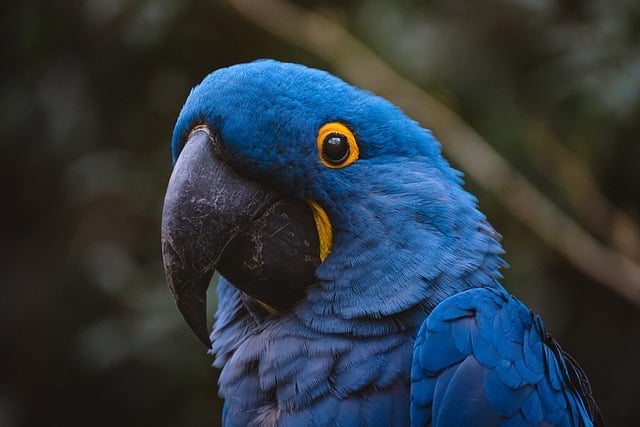
When considering wildlife removal, it’s crucial to understand the legal framework surrounding it. Different regions have varying regulations and permits required for safely moving or relocating animals, especially those considered endangered or protected species. These laws exist to maintain ecological balance and protect both wildlife and humans from potential harm.
For instance, some areas might require specific licenses for handling certain animals, while others may have seasonal restrictions to prevent disturbing animal habitats during critical periods of their life cycle. It’s essential to check with local wildlife authorities or conservation organizations to ensure compliance with these regulations, thereby promoting ethical and safe wildlife removal practices.
Community Education on Coexistence with Wildlife

In many communities, humans and wildlife are increasingly sharing spaces, leading to potential conflicts over property damage or safety concerns. To foster a harmonious coexistence, community education programs play a vital role in promoting understanding and appreciation for local wildlife species. These initiatives aim to dispel myths and misconceptions about animals, encouraging residents to view them as integral parts of their ecosystem rather than as pests. Through workshops, webinars, and informational campaigns, communities can learn about the behaviors and habitats of common wildlife, enabling them to take preventive measures and coexist peacefully.
Effective education programs empower individuals with knowledge about safe practices when encountering wild animals. This includes recognizing signs of potential danger, understanding animal habits, and knowing how to respond appropriately. By arming community members with this information, they become active participants in wildlife conservation efforts and reduce the need for invasive Wildlife Removal procedures. Moreover, educated communities are better equipped to support native species, ensuring their survival and well-being without causing distress to either humans or animals.
Case Studies: Successful Safe Wildlife Removal Stories

In the realm of wildlife removal, numerous case studies illustrate successful and safe interactions between humans and animals. One such instance involves a family in a suburban area facing a persistent squirrel problem. Professional wildlife removers, equipped with specialized knowledge and tools, humanely trapped and relocated the squirrels to a nearby forest preserve. This approach not only resolved the immediate issue but also ensured the squirrels’ well-being and returned them to a suitable natural habitat.
Another compelling story highlights the removal of a family of raccoons from an attic. Using non-lethal methods, experts carefully extracted each raccoon while addressing potential damage to the property. The process required precision and patience, but the outcome was a contented family of raccoons back in their natural environment, demonstrating that safe wildlife removal is both feasible and beneficial for all parties involved.
